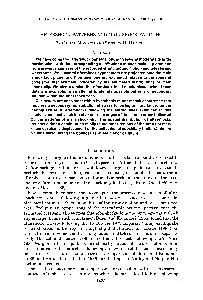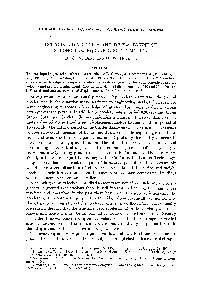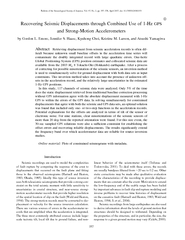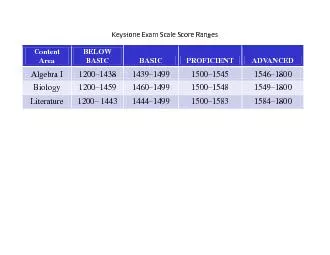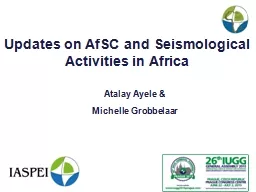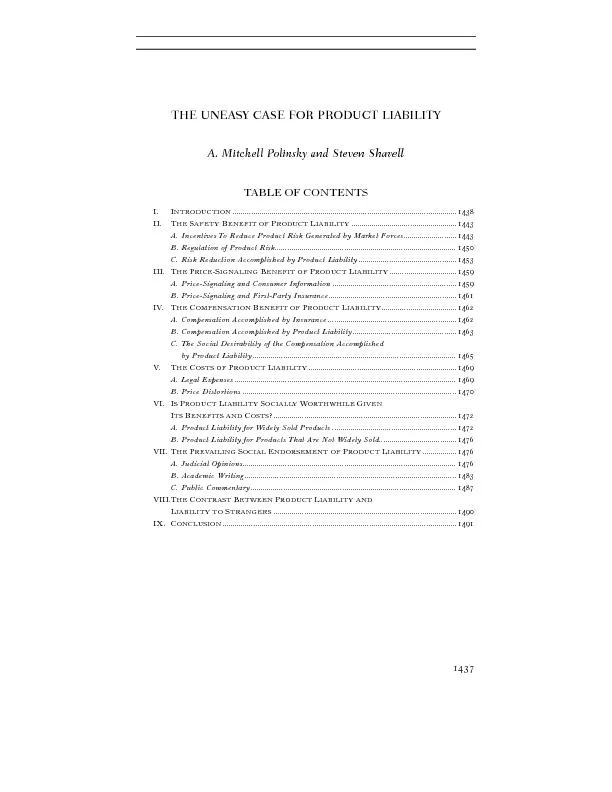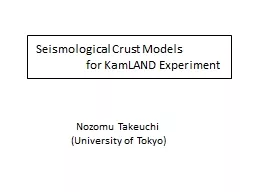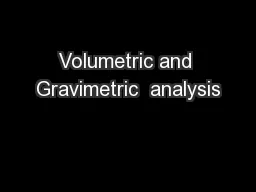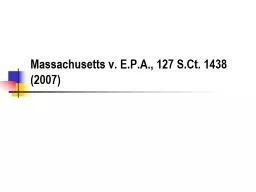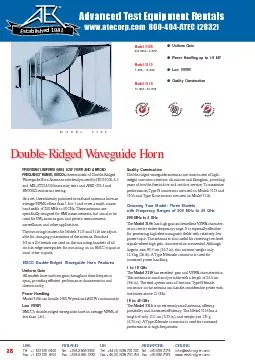PDF-of the Seismological Society of America, Vol. 78, No. 4, pp. 1438-1449
Author : myesha-ticknor | Published Date : 2016-02-22
PATTERNS AND MAIN SHOCK FAULTING BY CARLOS MENDOZA AND STEPHEN H HARTZELL have compared aftershock patterns following several moderate to large earthquakes with
Presentation Embed Code
Download Presentation
Download Presentation The PPT/PDF document "of the Seismological Society of America,..." is the property of its rightful owner. Permission is granted to download and print the materials on this website for personal, non-commercial use only, and to display it on your personal computer provided you do not modify the materials and that you retain all copyright notices contained in the materials. By downloading content from our website, you accept the terms of this agreement.
of the Seismological Society of America, Vol. 78, No. 4, pp. 1438-1449: Transcript
Download Rules Of Document
"of the Seismological Society of America, Vol. 78, No. 4, pp. 1438-1449"The content belongs to its owner. You may download and print it for personal use, without modification, and keep all copyright notices. By downloading, you agree to these terms.
Related Documents

